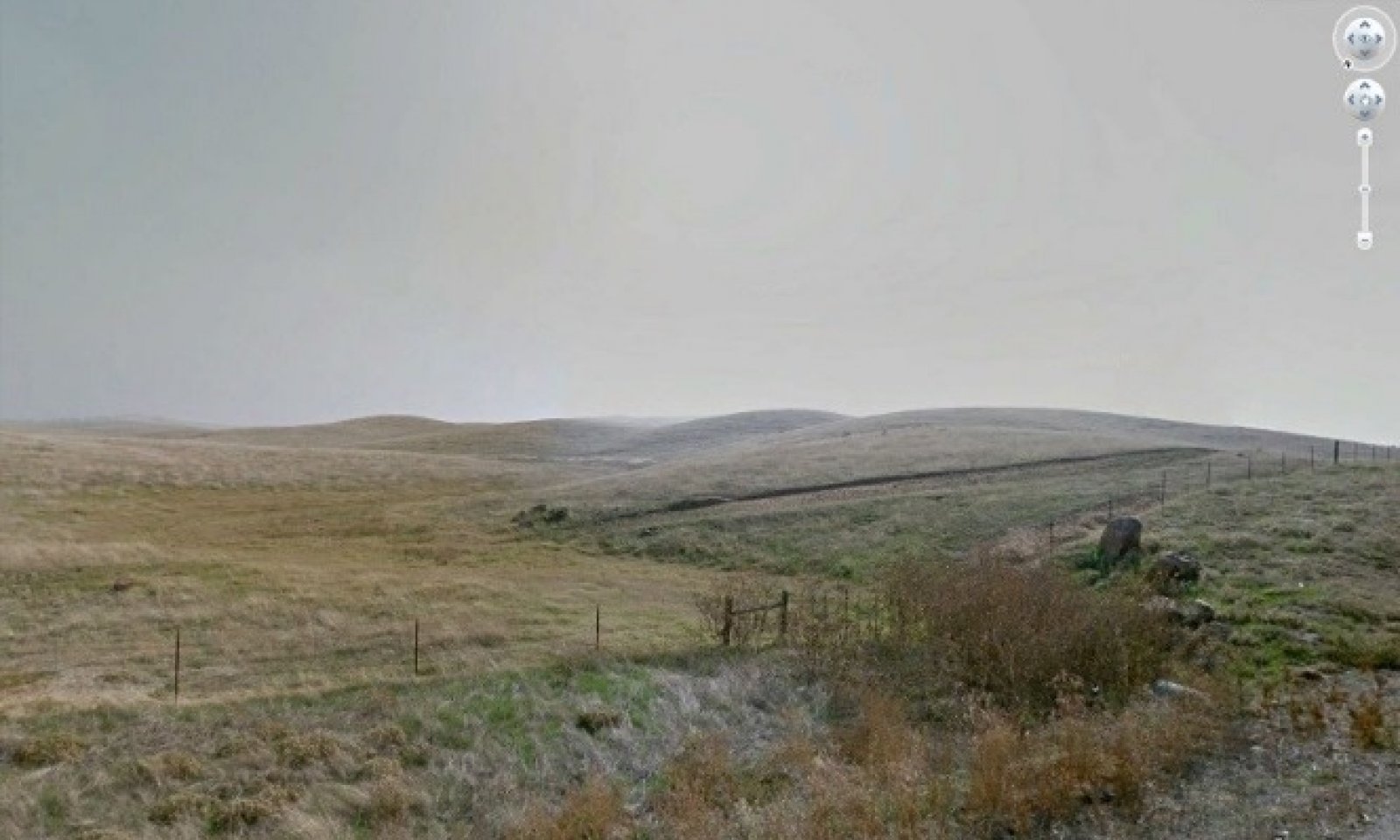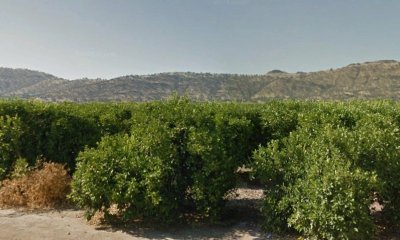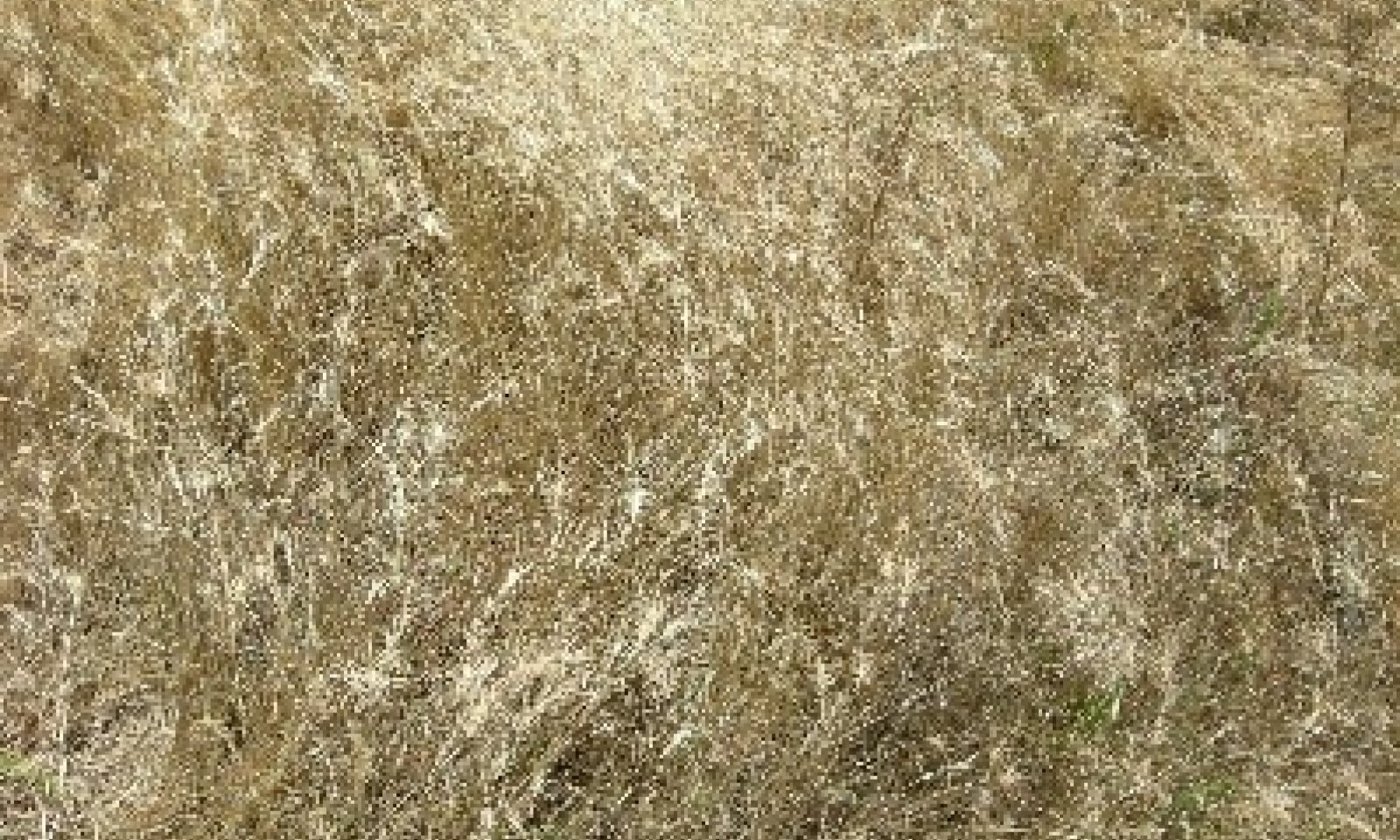
Lithic Thermic Foothills
Scenario model
Current ecosystem state
Select a state
Management practices/drivers
Select a transition or restoration pathway
- Transition T1.a More details
- Transition T1.b More details
- Restoration pathway R2.a More details
- Restoration pathway R3.a More details
- Restoration pathway T3.a More details
-
No transition or restoration pathway between the selected states has been described
Target ecosystem state
Select a state
Submodel
Submodel
Mechanism
This transition occurs after invasive plants posing extreme economic/environmental issues become established.
Mechanism
This transition occurs after planting of commercial agriculture products. This transition can range from highly intensive operations that plow and disrupt the solum to no-till operations (dry farming or otherwise). The hydrology may also be significantly altered in this transition.
Mechanism
This restoration pathway occurs with integrated weed management. May require mowing, herbicides, and/or biological control.
Mechanism
This restoration pathway occurs with land use change to pasture land. This transition likely requires seeding of grasses and possibly weed management.
Mechanism
This transition occurs after abandoning agricultural operations or mismanagement of farming that allows for noxious weeds to establish. The natural succession tends to produce plant communities of lesser economic importance or value.
Model keys
Briefcase
Add ecological sites and Major Land Resource Areas to your briefcase by clicking on the briefcase (![]() ) icon wherever it occurs. Drag and drop items to reorder. Cookies are used to store briefcase items between browsing sessions. Because of this, the number of items that can be added to your briefcase is limited, and briefcase items added on one device and browser cannot be accessed from another device or browser. Users who do not wish to place cookies on their devices should not use the briefcase tool. Briefcase cookies serve no other purpose than described here and are deleted whenever browsing history is cleared.
) icon wherever it occurs. Drag and drop items to reorder. Cookies are used to store briefcase items between browsing sessions. Because of this, the number of items that can be added to your briefcase is limited, and briefcase items added on one device and browser cannot be accessed from another device or browser. Users who do not wish to place cookies on their devices should not use the briefcase tool. Briefcase cookies serve no other purpose than described here and are deleted whenever browsing history is cleared.
Ecological sites
Major Land Resource Areas
The Ecosystem Dynamics Interpretive Tool is an information system framework developed by the USDA-ARS Jornada Experimental Range, USDA Natural Resources Conservation Service, and New Mexico State University.








